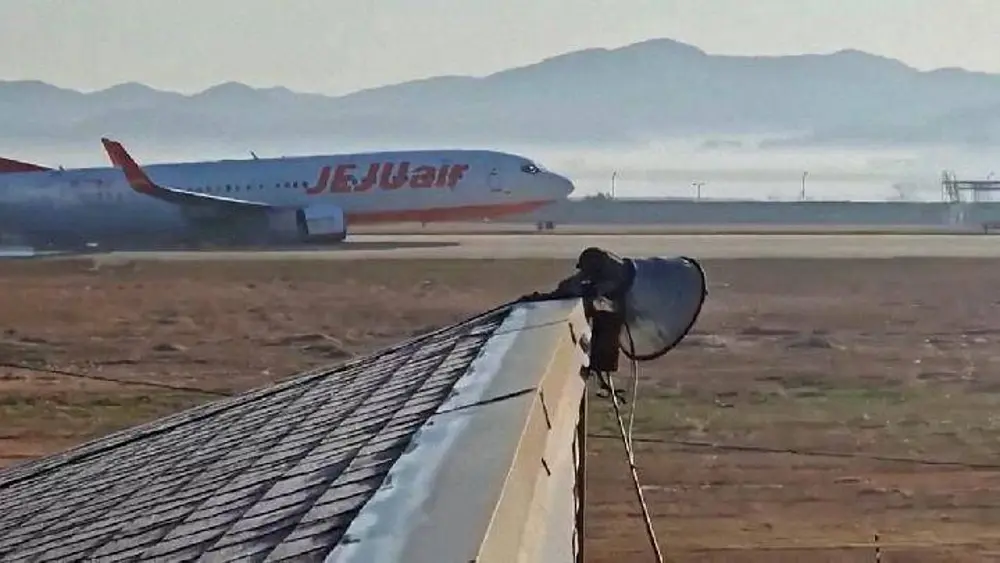South Korea Investigates Boeing 737-800 Aircraft After Jeju Air Incident
A Jeju Air flight from Seoul to Jeju Island was forced to return on Monday due to a landing gear issue, just one day after South Korea experienced its deadliest aviation accident.
The incident involved a Boeing 737-800, the same model as the aircraft that crashed on Sunday, resulting in 179 fatalities. Jeju Air Flight 7C101 departed from Gimpo International Airport at 6:37 a.m. but returned to the airport at 7:25 a.m. after detecting a potential landing gear problem, according to Song Kyung-hoon, head of Jeju Air's management support office.
“Shortly after takeoff, a signal indicating a landing gear issue was detected on the aircraft’s monitoring system," Kyung-hoon explained during a news conference. The captain took additional measures to address the issue, and the landing gear returned to normal. However, the decision was made to return to Gimpo for a comprehensive inspection of the aircraft.
Of the passengers on board, 21 declined to board a different flight to Jeju, citing safety concerns. Jeju Air operates a fleet of 41 aircraft, with 39 being Boeing 737-800s.
In response to these incidents, South Korean authorities announced plans to conduct special inspections of all Boeing 737-800 aircraft operating in the country. Joo Jong-wan, head of the transport ministry's aviation policy office, confirmed the decision, stating, “The government is reviewing plans to perform a thorough aviation safety check in light of recent incidents.”
The inspections will include input from U.S. investigators and possibly Boeing representatives to ensure comprehensive safety evaluations. The move comes as authorities continue investigations into the Sunday crash, in which a Boeing 737-800 from Thailand made a mayday call, belly-landed, and subsequently caught fire in Muan.



Comments
Post a Comment